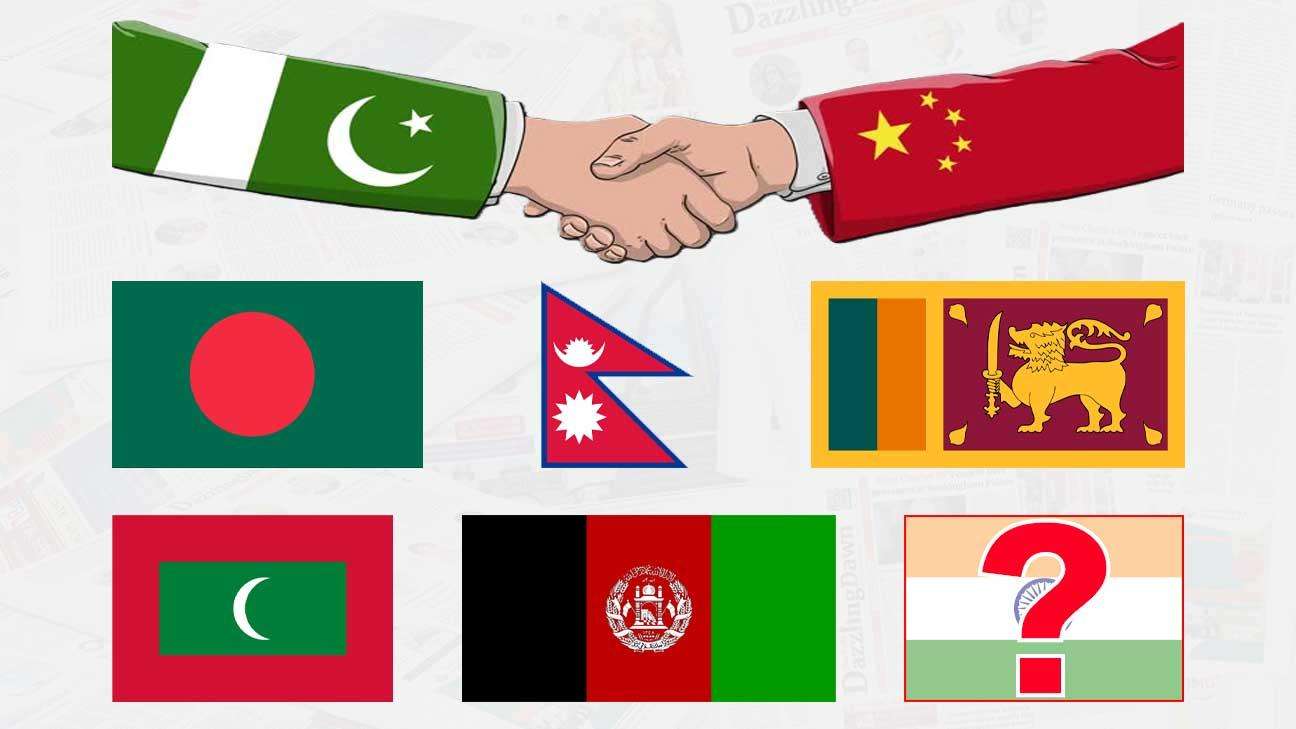Pakistan and China are reportedly planning to form a new regional alliance, potentially as an alternative to the South Asian Association for Regional Cooperation (SAARC). This initiative recently saw a trilateral meeting between Bangladesh, China, and Pakistan in Kunming, China. The primary goals of this new alliance are to boost trade, enhance connectivity, and strengthen regional solidarity.
The Stagnation of SAARC and the Need for a New Bloc
SAARC was once hailed as South Asia’s “European Union.” Yet the hostile relationship between India and Pakistan has rendered it virtually defunct. The last SAARC summit took place nearly a decade ago. In 2016, India boycotted the planned summit in Islamabad, and Bangladesh, led at the time by Sheikh Hasina, also stayed away in solidarity. Since then, little serious effort has been made to revive SAARC. India’s recent cancellation of special SAARC visas for Pakistani businesspeople, following the Pahalgam attack, has added further uncertainty to the organisation’s future.
Amid this paralysis, Pakistan and China have been discussing the creation of a new regional alliance for several months. They argue that a fresh grouping is needed to boost trade, connectivity and regional cohesion across South Asia.
The Bangladesh‑China‑Pakistan Trilateral Meeting
On 19 June, senior diplomats from Bangladesh, China and Pakistan met in Kunming, China—an encounter widely seen as part of the new‑bloc initiative. The main objective was to invite SAARC member states to join the proposed alliance. According to the Express Tribune, the meeting caught India’s attention and generated some concern in New Delhi.
Possible Member States and India’s Position
Citing several sources, the Express Tribune reported that India might also receive an invitation to join the new alliance. However, observers expect New Delhi to respond coolly, given that its regional strategy and interests differ from those of many neighbours.
Sri Lanka, the Maldives, Afghanistan and Nepal are thought to be potential members. The core goal of the grouping would be deeper regional engagement through expanded trade and connectivity, uniting countries with broadly compatible outlooks.
India’s Isolation?
Analysts note that India has shown limited enthusiasm even for the Shanghai Cooperation Organisation (SCO) in recent years; Prime Minister Narendra Modi did not attend the last two SCO summits. The SCO—whose members include China, Russia, Iran, Pakistan and several Central Asian states—is often viewed as a counterweight to Western alliances, yet India’s Western‑leaning stance sits uneasily with many SCO objectives.
Should India decline to join the new bloc, South Asia could witness a fresh geopolitical realignment led by China and Pakistan. This might unlock new possibilities for regional trade and connectivity—but it could also pose challenges for India.
Whether the mooted alliance can truly replace SAARC, or is merely a tactical manoeuvre, remains to be seen.

_4.jpg)


 and Dawn Wicks.jpeg)



.svg)


_4.jpg)